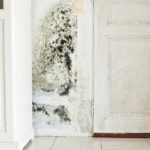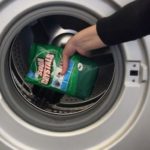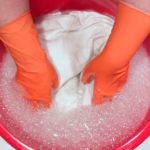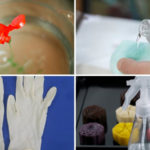If you notice a musty smell in your home, it may be coming from mold on the walls, ceilings, and other surfaces. Mold can be harmful to your health, so it’s important to detect and remove it early.
The most common causes of mold on walls are:
Constantly damp walls or living in a humid climate year-round.
Poor construction and improper mortar mixing.
Leaking water pipes in the home.
Mold on walls due to poor-quality building materials.
Not using waterproof paint.
Older houses with deteriorating waterproofing systems.
Leaking or cracked water pipes or utility boxes.
If you find mold spots on your walls, you can treat them using one of the following methods.
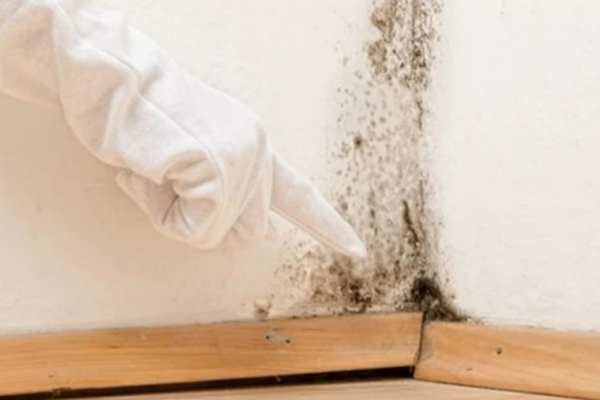
An easy and cost-effective way to handle mold on walls
How to remove mold on walls
Using rubbing alcohol
Alcohol is a special substance that has disinfectant properties. When injured, people often use alcohol for disinfection. Similarly, you can use alcohol to disinfect any necessary objects. When the walls are moldy with a small area, use alcohol to clean it. Alcohol will help remove mold and clean bacteria.
Using vinegar and baking soda
These are easily found ingredients in every kitchen. When combined, these two substances have the ability to remove mold from walls effectively. Simply mix baking soda and vinegar, use a brush to evenly scrub the mixture on the moldy area of the wall. After 10-15 minutes, rinse with clean water.
Using fresh lemons
Lemons are a familiar ingredient in daily life. Lemons contain citric acid and have a pleasant scent that is safe for health, so they are often used as cleaning chemicals. When using lemon to remove mold, simply rub the lemon or lemon juice on the areas that need to be cleaned. Then use a brush to clean the mold spots and wipe them away with a clean cloth.
Using bleach
First, when using bleach, you should wear a mask and gloves to avoid contact with the bleach. Then, mix the bleach with water in a ratio of 1 liter of bleach to 2 liters of clean water per square meter of wall. Next, use a scraper to clean the mold spots on the wall, dip the roller into the bleach mixture and apply evenly to the moldy areas. Wait for about 15-20 minutes for the bleach mixture to soak fully, then use a brush to gently clean. Finally, rinse with clean water.
Using soap
Dilute soap with water in a ratio of 1:3. Note that when using powdered soap, dissolve all the soap to clean more effectively. Then, use a brush soaked in the solution to scrub the moldy areas of the wall, then rinse with water. Soap can be used to treat mold, but it has a lower effectiveness, and it is only effective when the mold is not severe.
Tips to remove mold odor
If the mold spots are small, you can clean them yourself with soap and water. Better yet, use a special mold-resistant vinegar. Sprinkle it directly on the mold spots, and then clean it up.
If the affected area is larger, the mold may be toxic, so you should call a professional to handle it. However, the best solution is prevention. Try to keep everything dry, and use a good ventilation system.
How to prevent mold on walls
To prevent mold from recurring on your walls, you can follow these simple methods:
Use mold-resistant paint to prevent water seepage and mold growth on the walls.
Use a spray disinfectant and cleaner to purify the air and effectively prevent mold growth.
If possible, install dehumidifiers to limit mold growth on the walls.
Regularly clean and maintain your walls to prevent mold buildup.
According to VTV.vn

























